Twelve New Kids’ Beach Reads to Inspire Action and Adventure – Hakai Institute
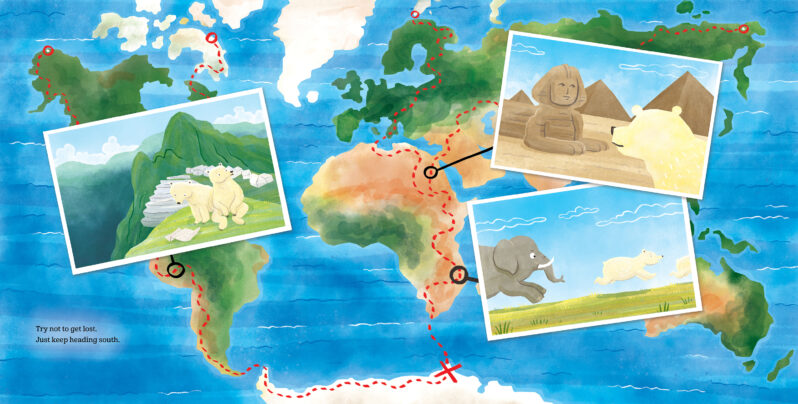
Young readers can become archaeologists, seaweed harvesters, and Arctic explorers, all through the pages of books.
One of the best antidotes to climate anxiety is climate action, and there are plenty of places to look for inspiration—including within the pages of several of this season’s new kids’ beach reads. If the tournament’s a go, I’ll be bringing them with me for the ride…
Mangroves: “Superhero” Ecosystems – Frontiers for Young Minds
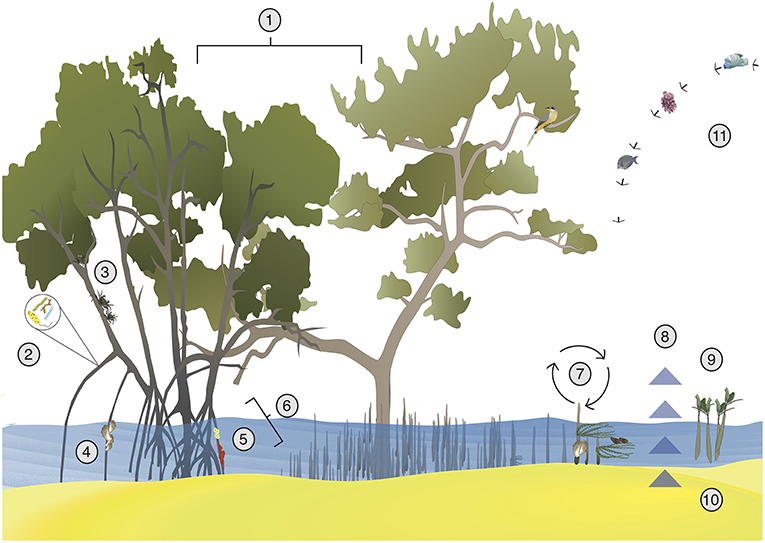
Because mangroves live along the land-ocean boundary, they are unique plants that provide several benefits to nature and humans. For example, mangroves provide refuge and food for organisms, hurricane protection, and water filtration; mangroves also promote the release of oxygen into the atmosphere and the uptake and trapping of carbon dioxide, which helps to fight against climate change. To understand mangrove ecosystems, it is important to consider the role of the microorganisms that live there…
Curious Kids: If plastic comes from oil and gas, which come originally from plants, why isn’t it biodegradable? – the Conversation
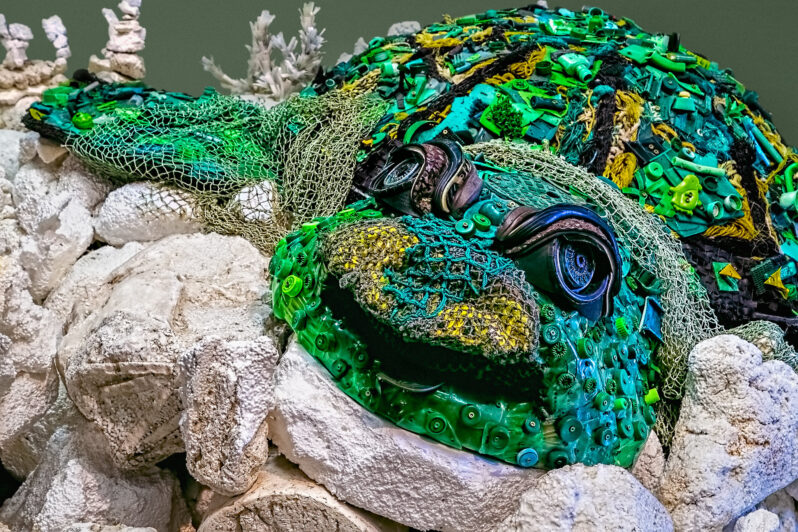
Question from Neerupama, age 11, Delhi, India..
To better understand why plastics don’t biodegrade, let’s start with how plastics are made and how biodegradation works…
Long Story Shorts: What Causes Red Tides? – Hakai Institute
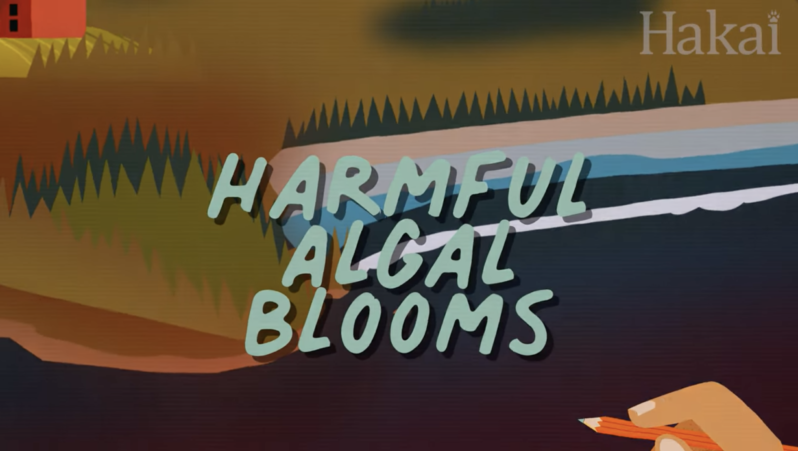
Red tides are the worst-named algal anomaly out there—they’re not always red, but these blooms of algae can be harmful to humans and other animals.
How Can Nature Protect People Against Sea-Level Rise? – Frontiers for Young Minds
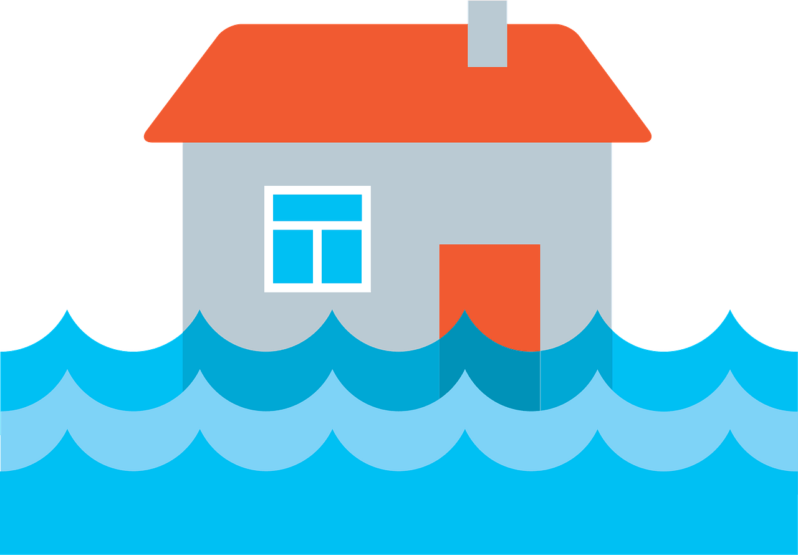
Now that Earth’s climate is changing, sea-level rise and storms are becoming more intense and frequent, which increases the risk of flooding. Therefore, we need to develop bigger flood-defense structures to stay safe from flooding. However, this is very expensive. Is there an alternative? It may sound surprising, but nature can help us out…
New York City is slowly sinking under the weight of its very tall buildings – News Corps Australia
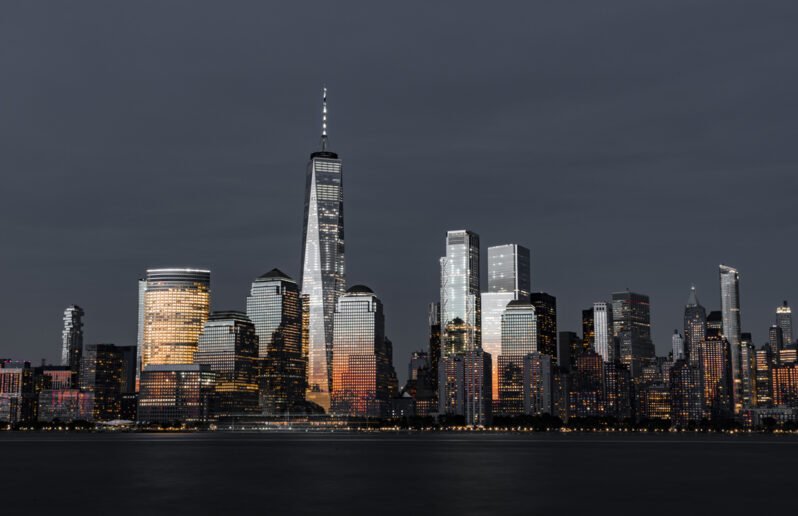
One of the world’s top tourist destinations — New York City — is sinking under the weight of its tall buildings.
A new study looking at measurements from satellites in space and analysing* layers of the Earth has found the weight of New York’s skyscrapers* is proving too much for the soil beneath them to handle…..
Long Story Shorts: What is the Biggest Migration on Earth? – Hakai Institute
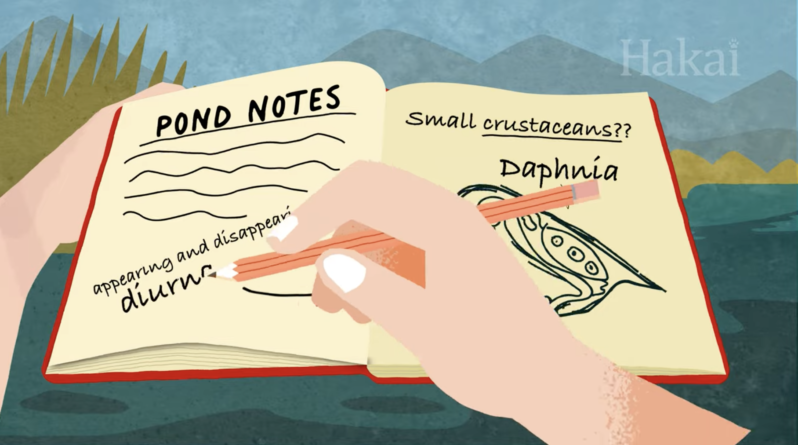
Every day, trillions of animals in the ocean play the biggest game of hide-and-seek … and the losers get eaten. This daily commute is called diel vertical migration, and you’ve probably never heard of it—until now….
What is the Tragedy of the Commons? – TED Ed
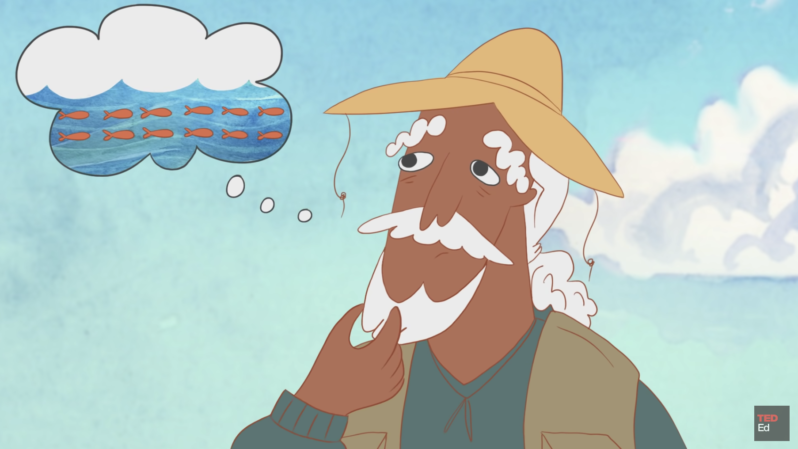
Is it possible that overfishing, super germs, and global warming are all caused by the same thing? In 1968, a man named Garrett Hardin sat down to write an essay about overpopulation. Within it, he discovered a pattern of human behavior that explains some of history’s biggest problems. Nicholas Amendolare describes the tragedy of the commons…
Long Story Shorts: What is a Coastal Geohazard? – Hakai Institute
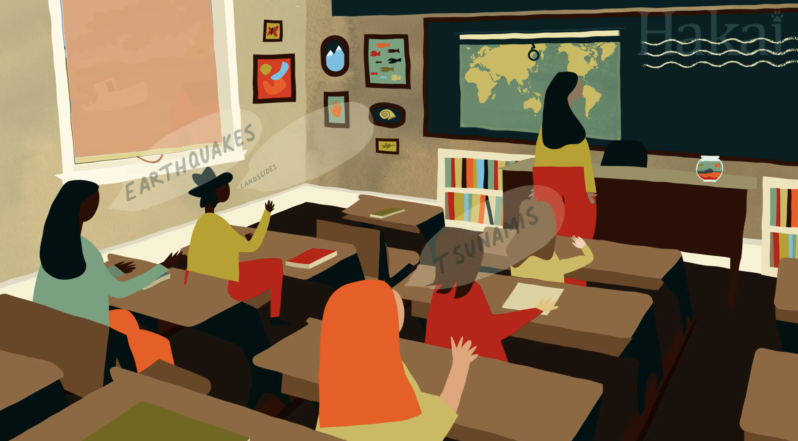
Life can be pretty hazardous if you live on the coast—on top of wild weather events like hurricanes and tropical storms, you might find yourself in the middle of geological hazards like earthquakes, tsunamis, and landslides. But did you know that one geohazard can domino into another, creating a cascade of chaos?…
